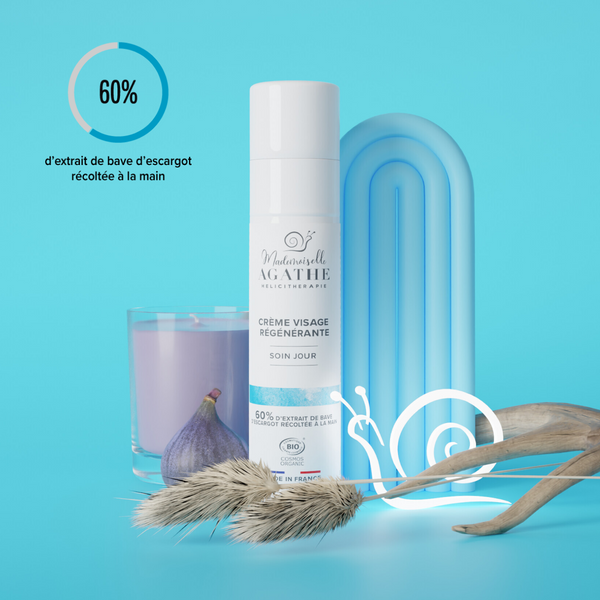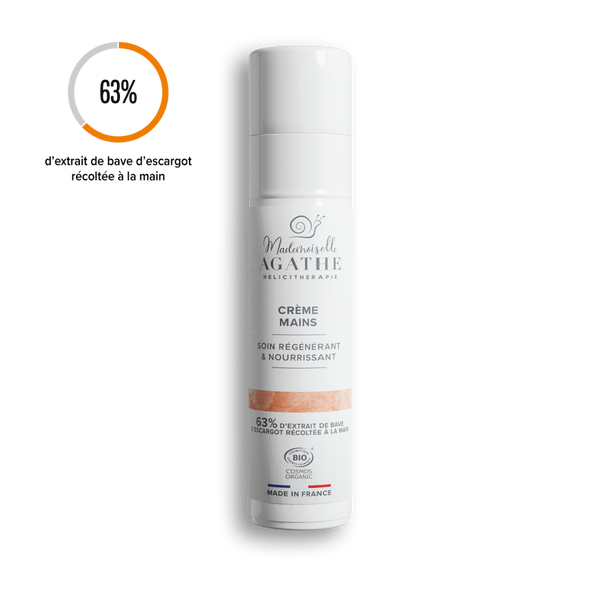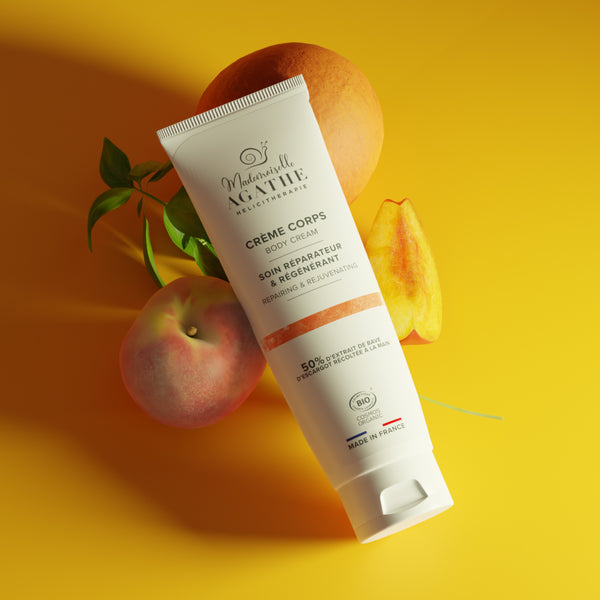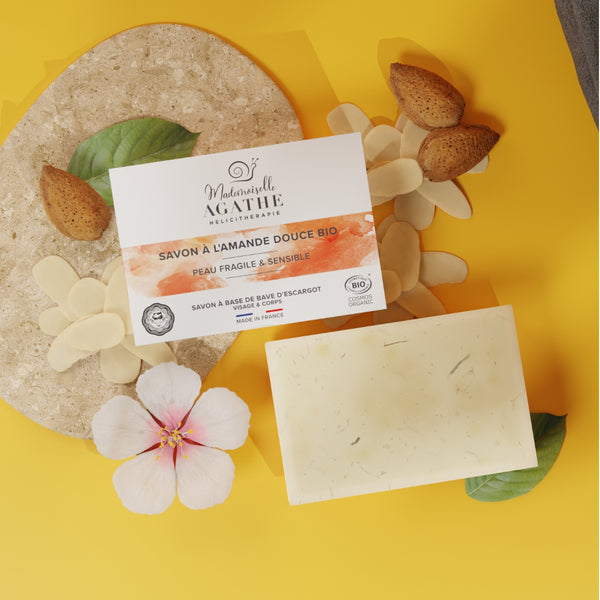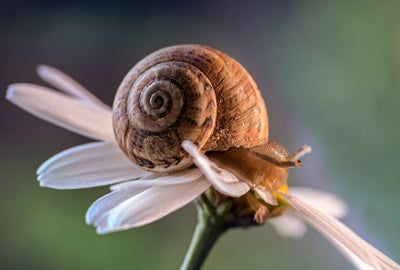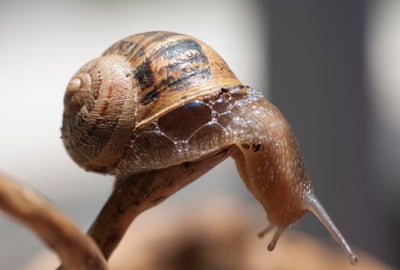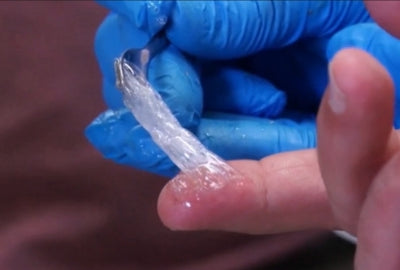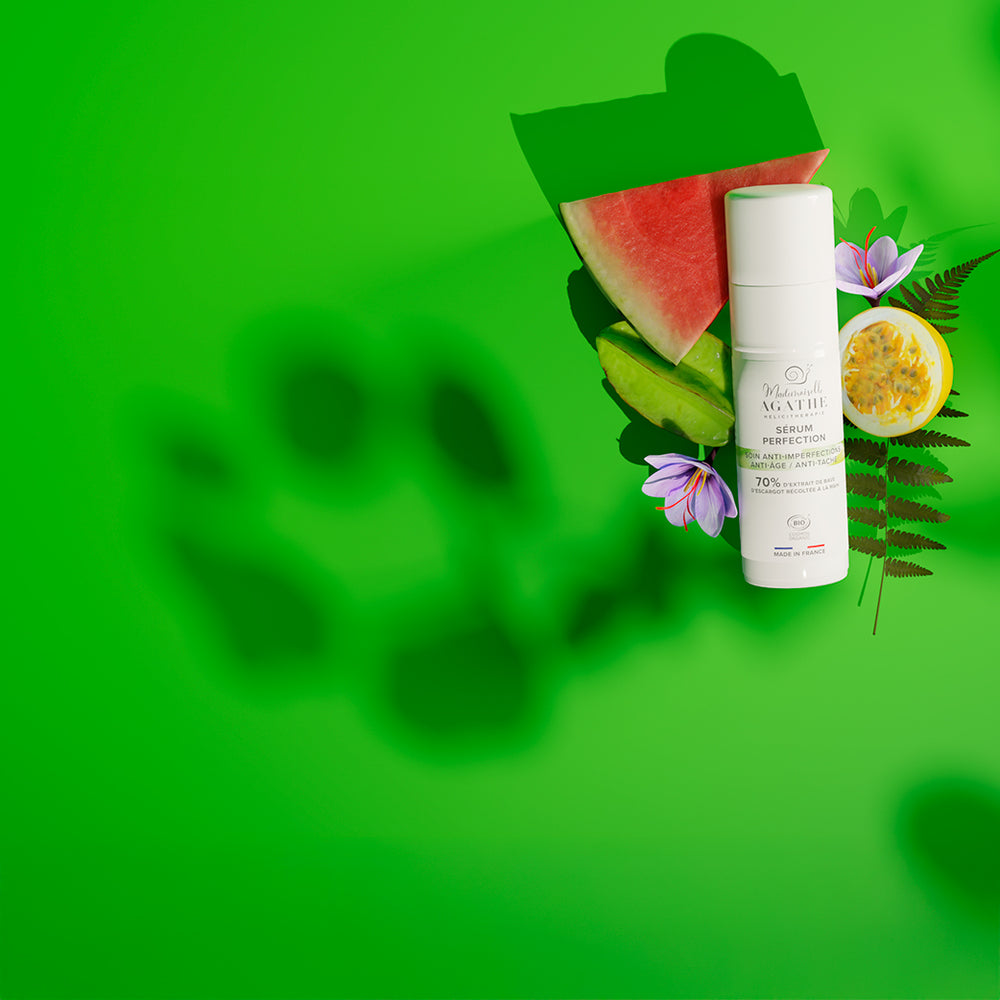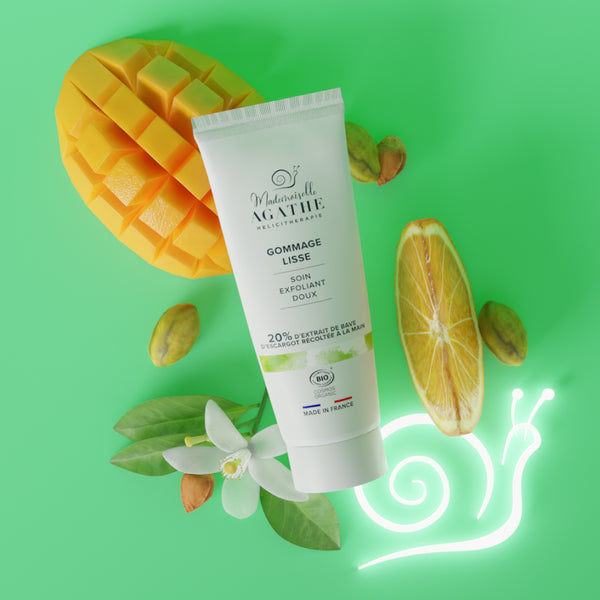
THE AMAZING POWERS OF THE SNAIL
Small but strong, our snail has more than one trick in its shell. In addition to its miraculous cosmetic properties, the little gastropod conceals other secrets that nature has given it. Focus on 4 things you didn't know about the snail...
A common-sense animal
The snail is completely connected to its environment. Did you know ? it has two senses in common with man: touch and smell.
Have you ever seen a snail's nose? Normal, these are its 4 tentacles that it can retract at will. The two largest have eyes but are little used by the animal. The small tentacles, on the other hand, are used for the detection of odors. And, additional function: they are also used to touch the animal.
Like antennae, these fabulous sensors allow him to participate in the proper functioning of the ecosystem and help him to store chemical substances in his body through a bioaccumulation effect. This is why it is crucial to know where the snails whose slime is intended for cosmetic use are raised.
The snail captures pollution like no one else. However, it is fully resistant to all contamination from the environment. Just like Mlle Agathe's micellar water which rids you of all the impurities present on your face thanks to the softness of snail slime and aloe vera.
Sleeping in winter – resting in summer
And yes, from its shell, the snail is extremely sensitive to the seasons, just like us. In winter, after a hard year's work, the snail activates rest mode for 4 to 6 months. This period coincides with a fast during which he must store a maximum of reserves.
As soon as the temperature drops between 12 to 15°C, the snail makes its grand entrance into hibernation. A member of the large family of ectothermic animals, that is to say animals incapable of regulating their temperature, the snail slows down its way of life from then on. To overcome this period that puts their organism at risk, our big grays seal their shell with an operculum called the epiphragm. They then stop eating and the rest of their body slows down. For example, for a normal temperature of 38 degrees, the beats are usually 100. Below 0°C, they will drop to one per minute.
Finally, during summer time, when the sun strikes and the drought strikes, the snail goes back to the second again. To protect itself from the heat, it locks itself in its shell, which it seals again with the help of a semi-mucous, semi-calcareous material that it produces itself. His heart rate drops again, as his water and energy reserves.
Bad weather for the snail!

Mr. & Mrs. snail
Is it a woman? Is it a man? The snail knows no gender issues. Hermaphrodite, it therefore has male and female organs. Incredible but true. However, it takes two snails to mate. So how do snails make babies?
Both partners first exchange sperm. Great endurance than that of snails: mating can last a dozen hours. During the act, one of the two secretes a small calcareous stinger and pushes it into the genital orifice of his partner, on the side of the head. They are first stored in the seminal reservoir called the spermatheca. This organ makes it possible to control the use of the spermatozoa contained therein. Thus, the snail is able to fertilize its oocytes long after mating, sometimes several years. It is therefore necessary to regularly feed this organ, to continue to make the spermatozoa live, then coming from several different snails.
Mating takes place in spring, sometimes also in autumn, depending on the climate. But regardless of gender, both produce snail slime, which is found in Miss Agathe's face scrub. Combined with apricot powder and kernel, it gently cleanses and purifies your face.
The snail has not yet revealed all its mysteries... Other revelations to come very soon!

